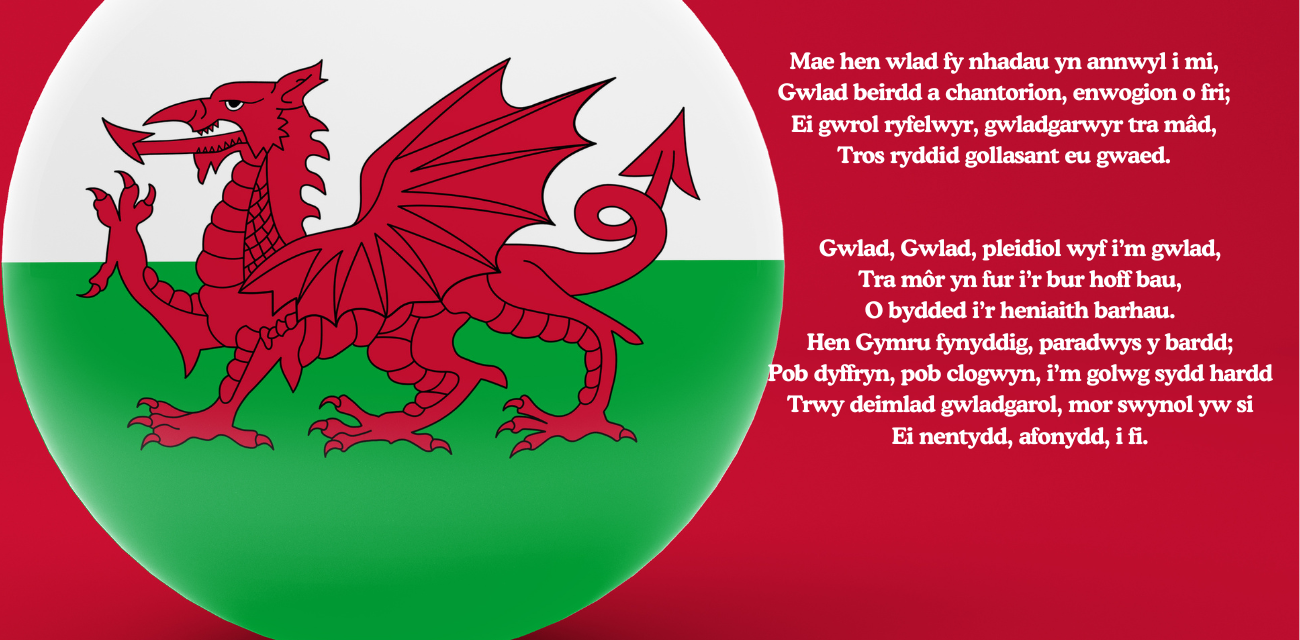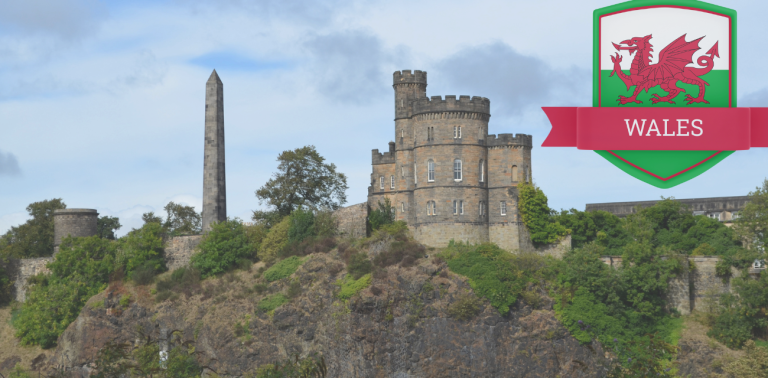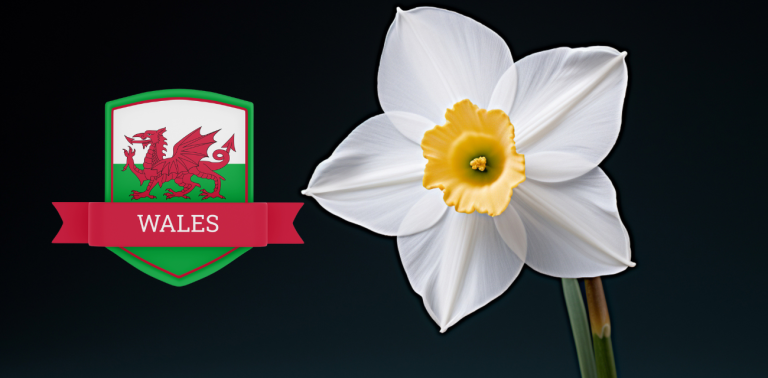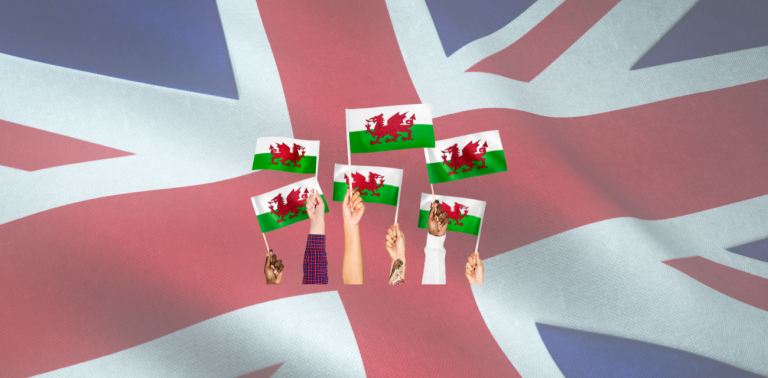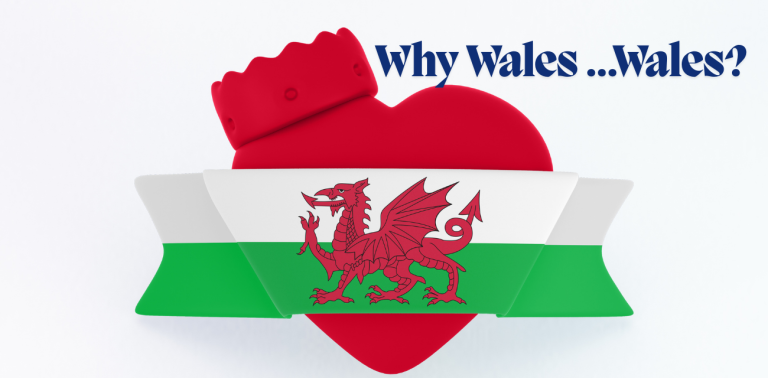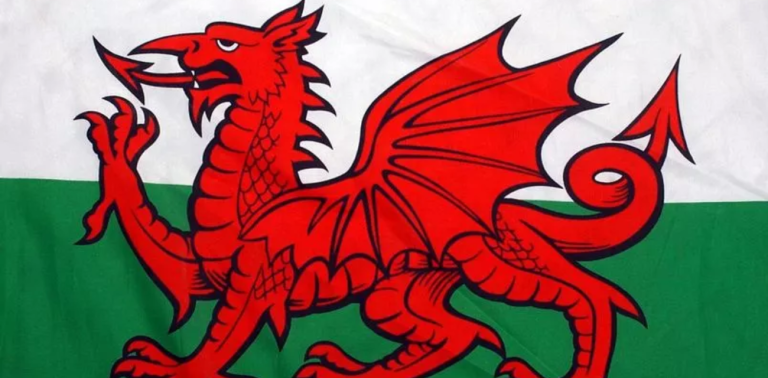The Power of Hen Wlad Fy Nhadau – A National Anthem That Inspires
The Welsh national anthem, Hen Wlad Fy Nhadau (Land of My Fathers), holds a special place in the hearts of the Welsh people. It has become a stirring anthem, often heard during significant sporting events, particularly rugby and football matches. As the anthem reaches its powerful peak, it sends chills down the spine of the entire nation, symbolizing unity and pride.
What many don’t know is that the tradition of singing a national anthem before a sports match started in Wales, with Hen Wlad Fy Nhadau leading the way. The melody of the anthem has even inspired the national anthems of Cornwall and Brittany, further extending its cultural influence. Despite its now iconic status, the anthem was born from modest beginnings, growing into a symbol of Welsh identity that resonates far beyond the country’s borders.
Performances of Hen Wlad Fy Nhadau have reached global audiences, with memorable renditions by famous artists such as Bryn Terfel, accompanied by choirs like The Risca Choir and orchestras like the Welsh National Opera Orchestra. This anthem’s rich history, emotional depth, and musical beauty make it a powerful expression of Welsh heritage.
The Epic Origin of Hen Wlad Fy Nhadau – Wales’ National Anthem
The story behind Hen Wlad Fy Nhadau, Wales’ national anthem, is as remarkable as the anthem itself. Composed in January 1856 by a father and son duo from Pontypridd, the words were written by Evan James, while his son James James created the melody. Though the precise origins remain somewhat uncertain, what is clear is that this humble collaboration gave birth to one of the most beloved national anthems in the world.
James James, a harpist who performed in Pontypridd’s inns, is said to have composed the melody while strolling along the banks of the River Rhondda. Upon returning home, he asked his father to pen some lyrics to match his tune. By the next morning, Evan had written three verses that fit perfectly with the melody, capturing the essence of Welsh pride. Some speculate that Evan’s emotionally charged lyrics were inspired by his brother’s emigration to America, as he encouraged Evan to join him.
The song, originally titled Glan Rhondda (Banks of the Rhondda), made its public debut just a week after it was composed. A 16-year-old named Elizabeth John performed it for the first time at Tabor Chapel in Maesteg, and it quickly gained popularity. Soon after, it was published in a bestselling collection of Welsh songs and became a favorite at eisteddfodau and patriotic gatherings.
Though it has never been officially recognized as the national anthem of Wales, Hen Wlad Fy Nhadau gradually earned this status through widespread use. Its influence even extended beyond Wales, with the melody being adopted for the Cornish anthem Bro Goth agan Tasow and the Breton anthem Bro Gozh ma Zadoù.
In addition to its cultural significance, Hen Wlad Fy Nhadau made history in the world of sports. It was Wales that introduced the tradition of singing a national anthem before sporting events. The first recorded instance occurred in 1905, when Wales faced New Zealand at Cardiff Arms Park. After the All Blacks performed their famous haka, the Welsh crowd responded with a rousing rendition of the anthem. Wales went on to win the match 3-0, and the tradition of singing the anthem before sports matches has continued ever since.
Today, Hen Wlad Fy Nhadau is an anthem that resonates deeply with Welsh people, celebrated not only at rugby and football matches but also by poets, musicians, and artists who hold it close to their hearts. It remains a stirring symbol of Welsh identity and pride, cherished by generations.
Voices on Hen Wlad Fy Nhadau: Reflections from Wales’ Cultural Figures
Even though Hen Wlad Fy Nhadau was composed over 160 years ago, its timeless appeal continues to resonate with modern Welsh people. Ifor ap Glyn, former National Poet of Wales and a two-time winner of the Crown for free verse at the National Eisteddfod, reflects on the anthem’s enduring style. He notes that, although the language used in the lyrics may have seemed a bit old-fashioned even at the time of its creation, this was intentional. Writers of that era employed a more formal style to give their work poetic gravitas. “We’ve certainly grown used to those words, and like a comfortable jacket, they hug the music in all the right places,” says ap Glyn, capturing how the words have seamlessly fused with the melody over time.
For Kizzy Crawford, a modern Welsh singer who performs the national anthem, it’s the tune that truly brings the anthem to life. She describes how the music starts with dignity and steadily builds towards a powerful, stirring climax. The final three lines, from “Gwlad! Gwlad!” to “O, bydded i’r hen iaith barhau!” (“Land! Land!” to “Oh, may the old language endure!”) evoke a deep sense of celebration and prayer, leaving a lasting emotional impact. “It never fails to make my back straighten and my neck prickle,” she says, highlighting the anthem’s ability to inspire both pride and reverence in those who sing it.
These personal reflections from two iconic Welsh voices remind us why Hen Wlad Fy Nhadau is more than just an anthem—it’s a profound expression of Welsh identity, history, and culture that continues to stir hearts across generations
Tim Rhys-Evans on the Power of Hen Wlad Fy Nhadau
Tim Rhys-Evans, founder of the acclaimed choir Only Men Aloud and artistic director of the Aloud Charity, offers a powerful reflection on the Welsh national anthem, Hen Wlad Fy Nhadau. According to Rhys-Evans, the anthem stands out from the very first note, with a melody that gradually ascends an octave, setting the tone for the entire piece. He highlights the double chorus as particularly stirring, especially the way the word “Gwlad” (Land) is held on strong, resonant notes. He adds that many singers, particularly in large crowds, sing the final phrase, “…i’r hen iaith barhau” (Oh, may the old language endure), an octave higher, creating an exhilarating atmosphere in stadiums. “When you hear a whole stadium really tanking those top notes, it’s so exciting,” Rhys-Evans shares.
But for Rhys-Evans, it’s not just the music that moves him—it’s the words. He finds it remarkable that the first people mentioned in the anthem are poets and singers, not warriors or soldiers. This prioritization of culture speaks volumes about Wales as a nation. “For an anthem to prioritise culture so strongly says a lot about us as a country,” he says. Rhys-Evans believes this focus on poetry and music is one of the reasons Wales excels in areas far beyond its size. The anthem proudly declares Wales as a land of song, and for Rhys-Evans, it encapsulates the heart and soul of Welsh identity.
“Our poetry and music are a huge part of why we can punch above our weight as a nation, and our anthem sets out our stall as a land of song.”
TIM RHYS-EVANS, ONLY MEN ALOUD
Caryl Thomas on Hen Wlad Fy Nhadau and Playing for Wales
For Caryl Thomas, loosehead prop for the Wales women’s rugby union team, Hen Wlad Fy Nhadau has been a part of her life since primary school. Her first memory of the anthem is from singing it as a child, and her passion for it has only grown since then. “I’ve always been a passionate, patriotic person, and the anthem tied in to that,” she recalls.
Now, as a key part of the Welsh national rugby team, Thomas describes singing the anthem as one of the highlights of playing for her country. “It’s such a privilege, being able to stand there with your teammates and sing in front of your crowd and your family,” she says. The anthem serves not just as a moment of pride, but also as a way to get the adrenaline pumping before a game. “When you don’t sing, I think it takes away from the game,” Thomas adds, emphasizing the powerful connection between the anthem and the energy of competition.
For her, the most stirring part of the anthem is when it reaches the line “Gwlad, Gwlad, pleidiol wyf i’m gwlad” (“Land, Land, I am devoted to my country”). At that moment, Thomas feels as though she is standing up for her nation, filled with pride. “It doesn’t matter if I’m in tune or not when I’m belting it out,” she says. What matters most is the feeling of unity and pride that comes with representing her country, both on and off the field.
The Welsh national anthem – learn the lyrics
Mae hen wlad fy nhadau yn annwyl i mi,
Gwlad beirdd a chantorion, enwogion o fri;
Ei gwrol ryfelwyr, gwladgarwyr tra mâd,
Tros ryddid gollasant eu gwaed.
Chorus:
Gwlad, Gwlad, pleidiol wyf i’m gwlad,
Tra môr yn fur i’r bur hoff bau,
O bydded i’r heniaith barhau.
Hen Gymru fynyddig, paradwys y bardd;
Pob dyffryn, pob clogwyn, i’m golwg sydd hardd
Trwy deimlad gwladgarol, mor swynol yw si
Ei nentydd, afonydd, i fi.
Chorus
Os treisiodd y gelyn fy ngwlad dan ei droed,
Mae hen iaith y Cymry mor fyw ag erioed,
Ni luddiwyd yr awen gan erchyll law brad,
Na thelyn berseiniol fy ngwlad.
Chorus
The Welsh national anthem – lyrics translated into English
The title translates as Land of My Fathers.
Lyrics:
This land of my fathers is dear to me
Land of poets and singers, and people of stature
Her brave warriors, fine patriots
Shed their blood for freedom
Chorus:
Land! Land! I am true to my land!
As long as the sea serves as a wall for this pure, dear land
May the language endure for ever.
Old land of the mountains, paradise of the poets,
Every valley, every cliff a beauty guards;
Through love of my country, enchanting voices will be
Her streams and rivers to me.
Chorus
Though the enemy have trampled my country underfoot,
The old language of the Welsh knows no retreat,
The spirit is not hindered by the treacherous hand
Nor silenced the sweet harp of my land.
Chorus

